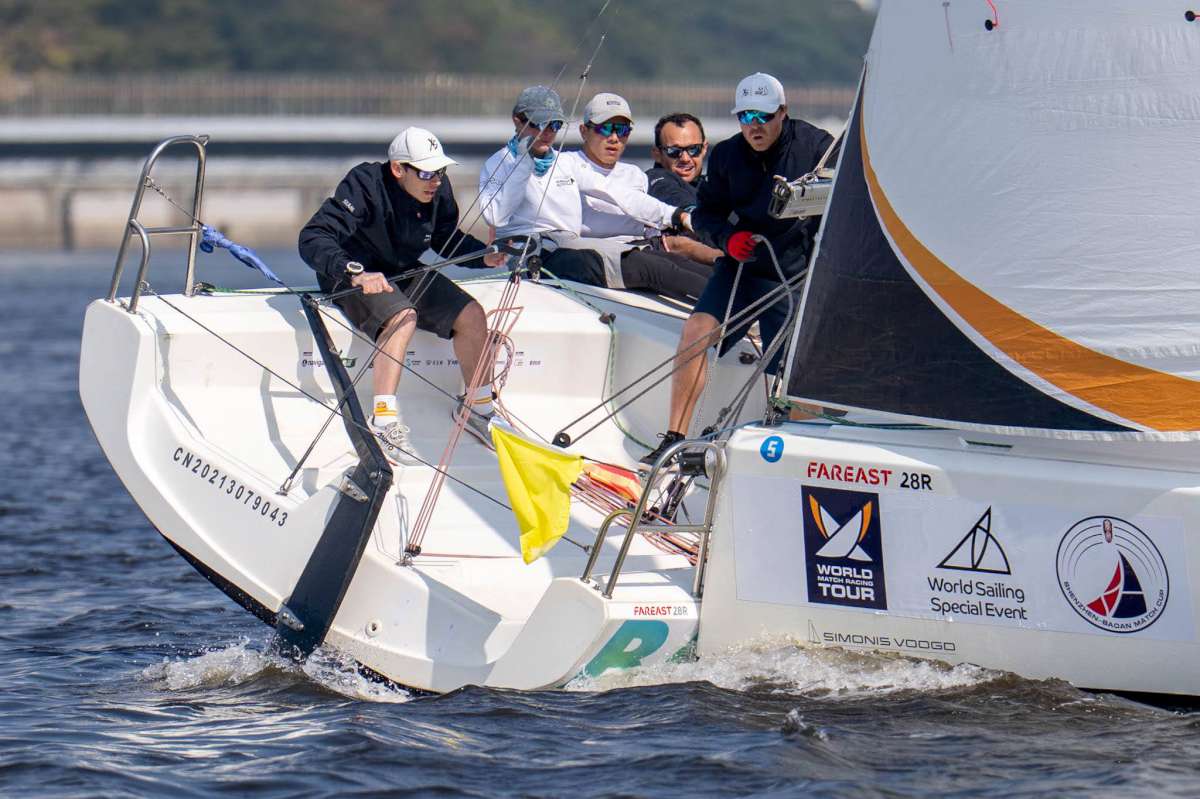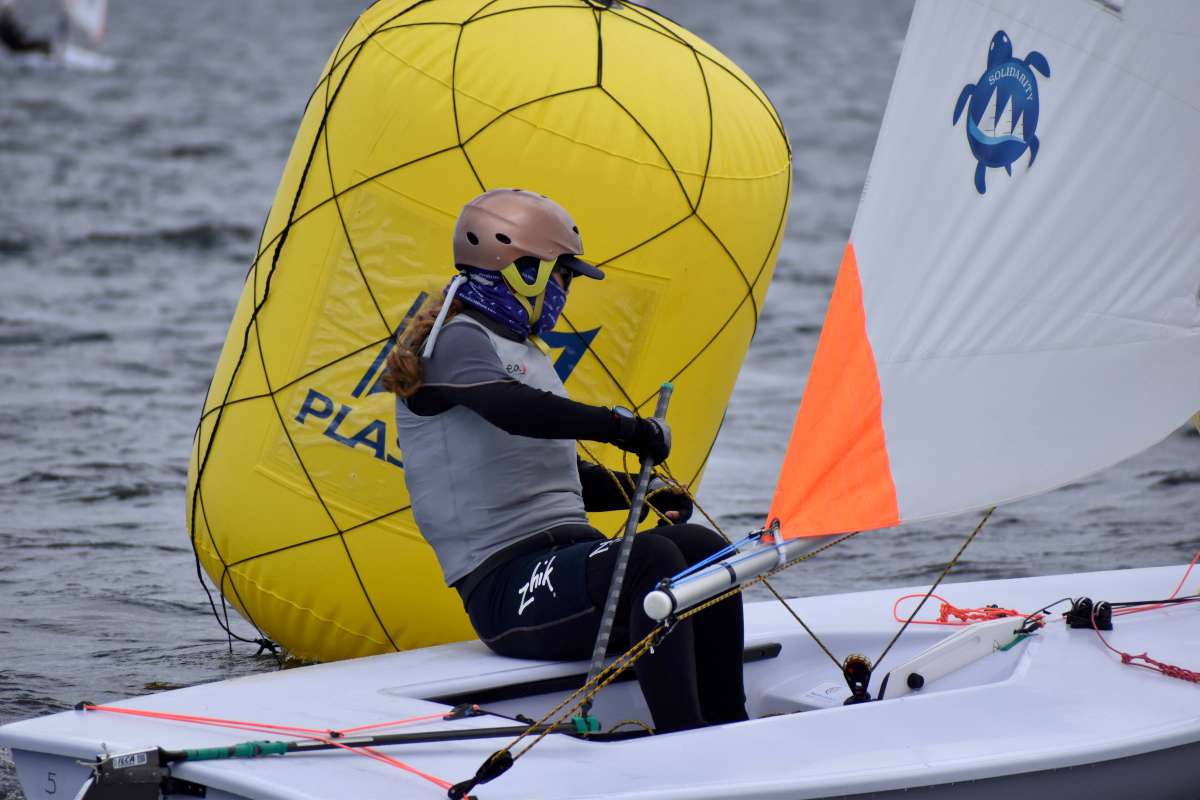The refinements to the pre-existing Special Regulations that came into effect on July 1st 2009, will have a major effect on the ORCV and they way that skippers must provide proof to us of stability of their yachts. We will be requiring all competitors to comply with the current 2009-2012 Special Regulations and as such, will need all of you to consider this urgently, as the new rules will apply from the 2009 Melbourne to Stanley (M2S) race and forward from there on.
The refinements (technically from the rules of the last eight years) require you to provide a declaration and proof of stability by one of the following methods for Category 2 races:
• IMS or ORCi stability index of 110 or greater
• ISO or IRC category A
• IRC SSS base value of 28 or greater
• STIX number of 35 or greater (Cat1 and 0 – or M2V and M2O).
Please note that for an IMS/ORCi certificate to be a valid proof of stability, it needs to meet the following requirements:
• The boat is still owned by the holder of the certificate
• The certificate has been issued in the last five years
• The Boat has not been modified
• The current freeboard measurements have been confirmed as being consistent with the certificate.
Using the IRC Base Value
Importantly, some boat owners will find that their yacht has complied with stability requirements in the past but that the IRC SSS Base value is below 28 and you will need to find an alternative means of proof.
What do I need to do if my boat does not currently comply?
The first step is to find out if your boat has one of the following:
• ISO Category A statement from the designer or other appropriately qualified person (typically a naval architect) issued in accordance with ISO 12217-2
• IRC Category A certificate assessment shown on IRC certificate (this can be found on some IRC certificates, and added by way of an application)
• IRC SSS number of 28 or greater
• IMS certificate in your name that is less than five years old.
If you have one of the above and you are happy to declare that no changes have been made to your boat, which affect its stability, then you will meet the new requirements.
NB: A GZ curve provided by the yacht designer is shown on an ORCi Stability & Hydrostatic Datasheet and is produced as part of the ISO 12217-2 calculations. By itself, a GZ curve does not meet the YA Special Regs for stability!!!
Alternatively, if you do not have one of the above you have two choices:
1. Revalidate your boat's IMS certificate
2. Measure for an IRC certificate and hope that the SSS base value is 28 or above
It should be no real problem for the designer to produce your GZ curve – they've had to design the boat, so they know it's form. Of course, you will then need to comply by fulfilling one of the sections above.
To revalidate you IMS certificate you need to do the following:
1. Check that Yachting Australia has a record of your boat's data
2. Update any changed measurements, freeboards and incline your yacht if necessary
What will it cost me?
• Inclination and freeboard measurements $300. Keep in mind that this is a measurer determined fee and it may change depending on how much time it takes the measurer.
• Yachting Australia revalidation fee $450+gst
To obtain your IRC certificate you need to do the following:
1. Get your boat and sails measured by an IRC measurer
2. Weigh your boat
What will it cost me?
1. The measurer's time at $ 80 per hour (4 hours approximately)
2. Weighing the boat individually may be very expensive as you need a suitably sized crane and a load cell. Yachting Victoria conducts weighing days which are much better value. The cost of a new IRC certificate is LOA by $28.50 per metre. To re-validate a past IRC certificate is $27.50 per LOA metre and to amend a current one is just $10.50 per LOA metre.
Obtaining your boat's GZ Curve.
A GZ curve is calculated by the yacht designer or naval architect. It is easily done if you or the yachts designer has an electronic hull file. You will then need to provide an inclination and the boat's weight. If you have the lines plan of you yacht, some naval architects will convert these plans to a hull file. We cannot give you an accurate cost for this process as you will have to negotiate with the yachts designer or a naval architect. Please remember and as mentioned above, providing a GZ curve by itself will not meet the requirements of the Special Regs. It is one of several bits of information that are part of the calculations behind ISO and IRC category, and the ORCi/IMS data.
The GZ or stability curve is a graphic presentation of a boats static stability. As the boat heels, it develops a righting moment, which is the force created by the ballast and hull buoyancy that works to resist the heeling. The stability curve shows this righting arm (righting moment divided by displacement) as a function of heel angle. When the righting arm turns negative (at 123 degree for this diagram) the boat will no longer resist the heeling force and will capsize. An important measurement on the righting curve is the relative areas under the positive and negative parts of the curve. In this curve the positive is 3.96 timers greater then the negative. That means it takes 3.96 times as much energy to turn the boat from upright to capsize as from capsize to upright.
How can the ORCV help you?
We can arrange to incline your boat and measure your freeboards and we will happily arrange a weighting day for a collective group to get all boats done. Please call Simon Dryden 0418 145 909, or email simon.dryden@orcv.org.au This e-mail address is being protected from spambots. You need JavaScript enabled to view it if you need any further information.
By Simon Dryden and John Curnow, with many thanks to Glen Stanaway from Yachting Australia for his keen eye and sensational tips.






















